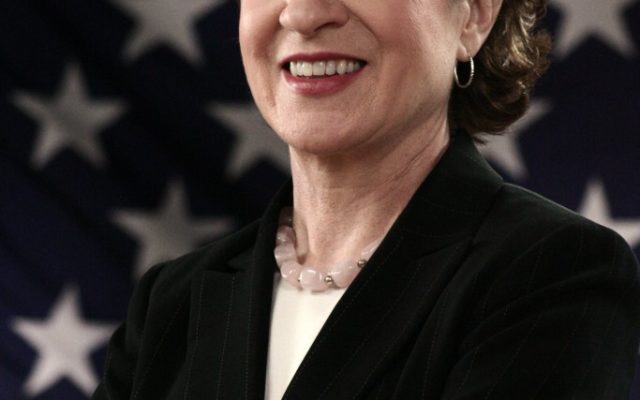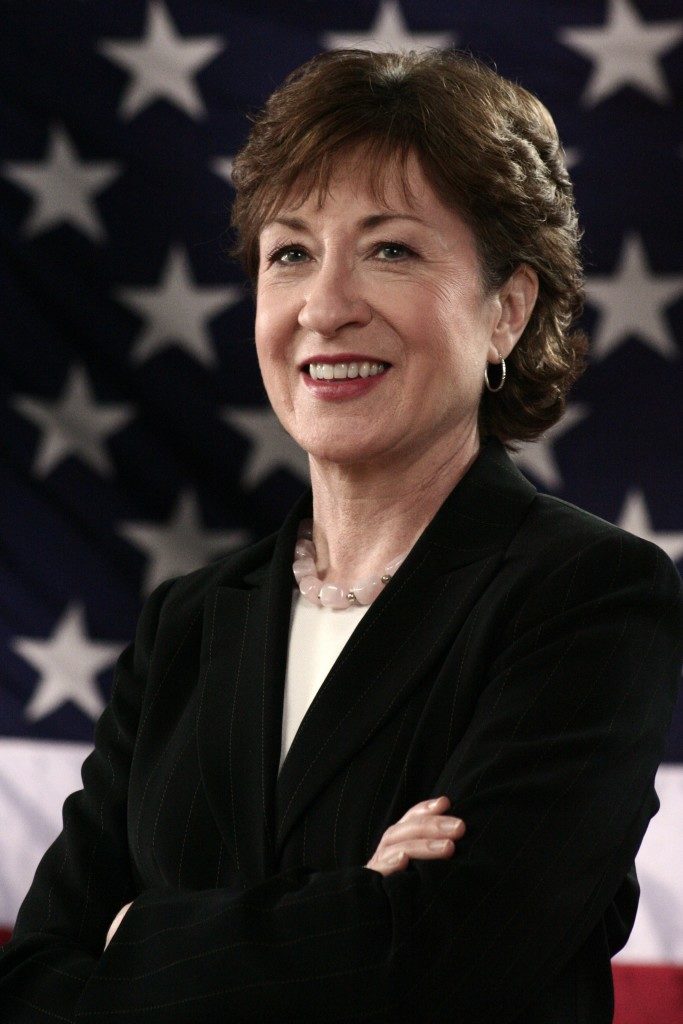
The inspiration of Pope Francis’s funeral mass
By U.S. Sen. Susan Collins, R-Maine
Attending the funeral of a pope is unlike any other experience. Bidding farewell to the leader of more than a billion Catholics is how the secular press would accurately describe the ritual. To those of us who are Catholic or who listened to Pope Francis regardless of our faith, his funeral mass meant much more. It not only celebrated his 12 years as head of the Roman Catholic Church and prayed for his eternal soul but also inspired us to embrace his teachings of God’s boundless love and mercy.
The beauty of the ornate Latin mass held outside in the sunshine in the majestic St. Peter’s Square in Rome, the participation of the clergy, including the cardinals in their distinctive red garb from whom a successor will be chosen, as well as the attendance of the faithful from around the world made me realize how incredibly fortunate I was to lead a bipartisan delegation of senators to attend the funeral of Pope Francis.

Every moment of the mass, from the sprinkling of holy water on the simple cypress coffin imprinted with a gold cross to the sentiments of Cardinal Battista Re’s homily reminding us that we are “sustained by the certainty of faith” in times of sorrow to the glorious chants and hymns reflected the Pope’s service and his humility. Hundreds of priests wearing simple vestments came into the enormous crowd to deliver communion.
The missal we were given had English translations for the largely Latin mass, but many of us were able to sing along with the choir the Latin words of Agnus Dei, the Lamb of God, which is still often sung in Latin in American churches and is so beautiful. Through the chant, we ask for forgiveness and peace. It is one of my favorite parts of the liturgy.
My four colleagues, Sens. Dick Durbin of Illinois, Mike Rounds of South Dakota, Ed Markey of Massachusetts and Eric Schmitt of Missouri, all were altar servers growing up for the most part in the era of the Latin mass so had an advantage in understanding much of the mass without the need of the translation. Unlike today, the altar servers were all boys when I was growing up in the Holy Rosary parish in Caribou where my mother was the director of religious education for 10 years.
After the mass, I found a translation of the cardinal’s homily which moved many of those who did understand Latin to applaud the cardinal’s words as he described the mission and focus of this pope, who preached love, humility, forgiveness, and unity during these turbulent times around the globe.
I had the honor of meeting Pope Francis briefly in 2015 when he came to Washington, the first pontiff to speak to Congress. He radiated joy, warmth, and a welcoming spirit. Now here I was in Rome mourning his passing but grateful for the direction in which he took the church, reaching out and embracing the poor and the privileged alike, showing prisoners and all of us God’s mercy and love, wanting everyone to have faith.
“Who am I to judge?” may well be the most memorable words of Pope Francis’ 12 years. He traveled the world, preaching acceptance, hope, and forgiveness. His inclusiveness was reflected in the ceremony.
While most of the mass was in Latin, the first reading was in English, and a prayer was in French. A representative of the Eastern Orthodox Church gave a blessing. And, most significant, Pope Francis chose not to be interred in St. Peter’s Basilica where many popes are buried but rather in St. Mary Major Basilica, a humbler choice where he often went to pray.
More than 250,000 people attended the mass, filling the square and the long avenue to the Tiber River. The presence of delegations from some 170 countries demonstrated that leaders of all faiths wanted to honor the pope.
Cardinal Re described the guiding mission of Pope Francis as being his conviction that “the church is a home for all, a home with its doors always open.” Bringing us together was, in many ways, the defining theme of Pope Francis’ papacy. It is a blessing and a lesson that we can benefit from remembering in our everyday lives.